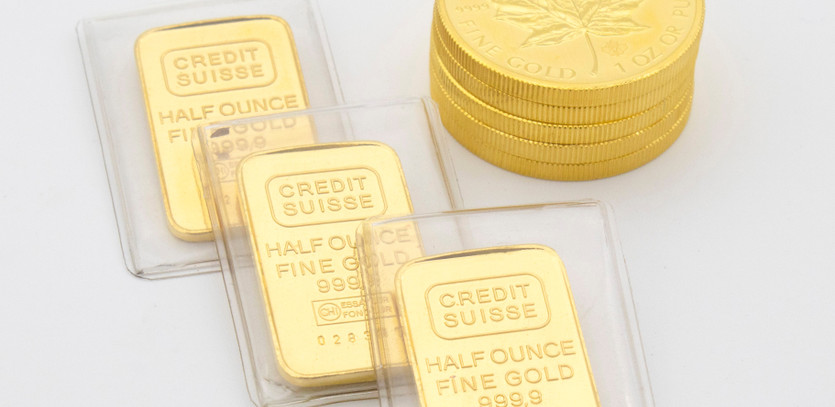Gold Prices Maintain Stability in Asian Market
In the Asian trading sector on Wednesday, the prices of gold witnessed marginal changes, managing to keep most of their losses from the previous week. This was majorly due to investor concerns regarding potential potential early interest rate reductions by the Federal Reserve. The focus of investors was primarily on the forthcoming consumer price index figures in the U.S., which may suggest that U.S. inflation remained persistent in December.
Impact of Dollar Gains and Fed Decisions on Gold
Throughout the last week, gold experienced significant losses as traders consistently withdrew their speculation that by March 2024, the Federal Reserve may initiate interest rate reductions. This speculation led to a considerable increase in the value of the dollar, leading to further pressure on gold prices. Nevertheless, gold just managed to maintain its desirable level of $2,000 per ounce, after comfortably achieving this mark earlier in December. Meanwhile, gold prices had noted a rise of approximately 10% in 2023.
As of 00:28 ET (05:28 GMT), spot gold stabilized at $2,029.30 an ounce, and gold futures due to expire in February were steady at $2,034.65 an ounce.
The Role of Upcoming US CPI Data
The CPI data, which is due to be released on Thursday, is projected to show a slight inflation increase in December. Persistent inflation, when combined with recent demonstrations of labor market resilience, could allow the Federal Reserve to maintain higher rates for a longer period. Traders were observed to gradually reduce their bets on the Federal Reserve potentially initiating rate cuts as early as March 2024. Bets on a 25 basis point cut in March had a 63.6% likelihood, down from 69.6% a week earlier.
Analysing the Fed's Stance on Rate Cuts
Federal Reserve officials were also seen resisting early rate cut expectations, with Atlanta Fed President Ralph Bostic expressing his preference for near-term monetary policy to remain stringent. Although the Fed has hinted at eventual rate cuts in 2024, it has been reticent about the exact timing of these cuts. For now, the central bank continues to rely heavily on a largely data-driven strategy for lowering interest rates. Increased rates elevate the opportunity cost of investing in gold, which does not yield. This has been pressuring gold for the past two years, with consistent gains in gold only seen on predictions of lower rates in 2024.
Copper Struggles Amid Economic Uncertainty
Turning to industrial metals, copper prices experienced a mild rebound on Wednesday, following a significant drop over the past week fuelled by the fear of a demand slowdown in the year ahead. Copper futures due to mature in March experienced a 0.3% rise at $3.7717 a pound, although they have dipped more than 2% early in 2024. A run of poor economic indicators from around the world have been hitting copper prices, with sluggish figures from top importer China adding to these uncertainties. There is a growing concern that decelerating economic activity will impact copper demand this year, particularly as high interest rates take effect in the economy.
Investors are now watching for the Chinese inflation and trade figures scheduled to be released on Friday for additional clues on the future of the world's largest copper importer.





